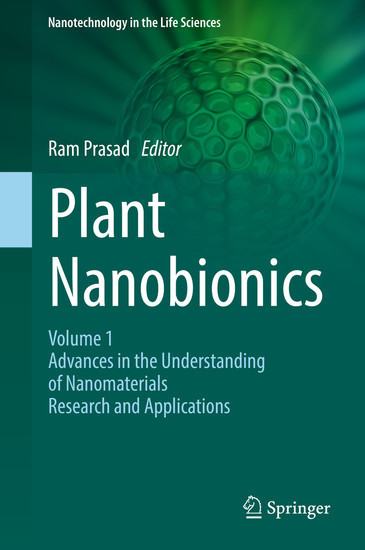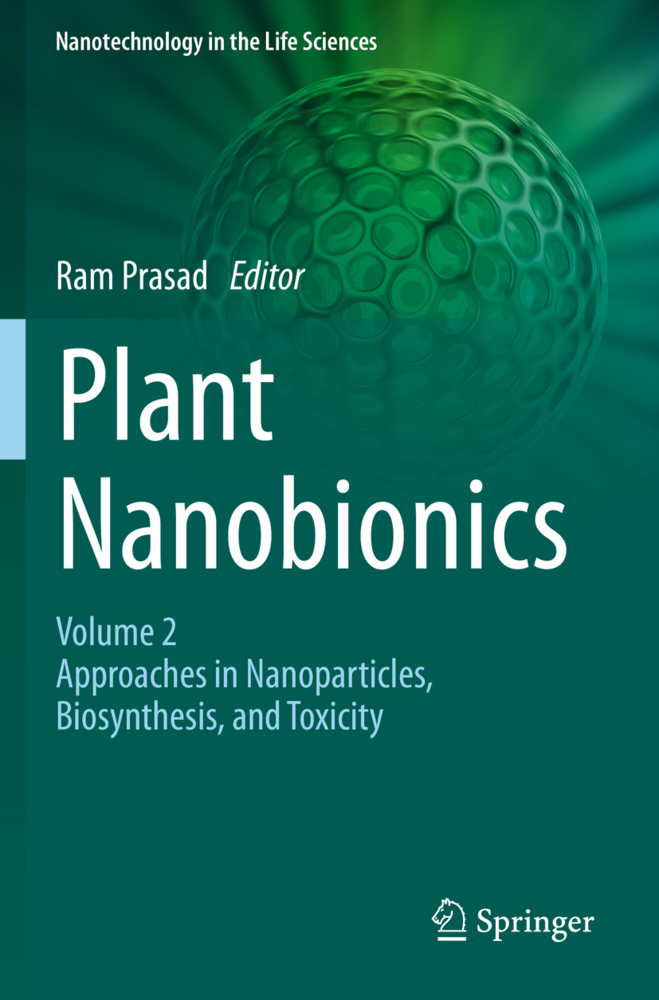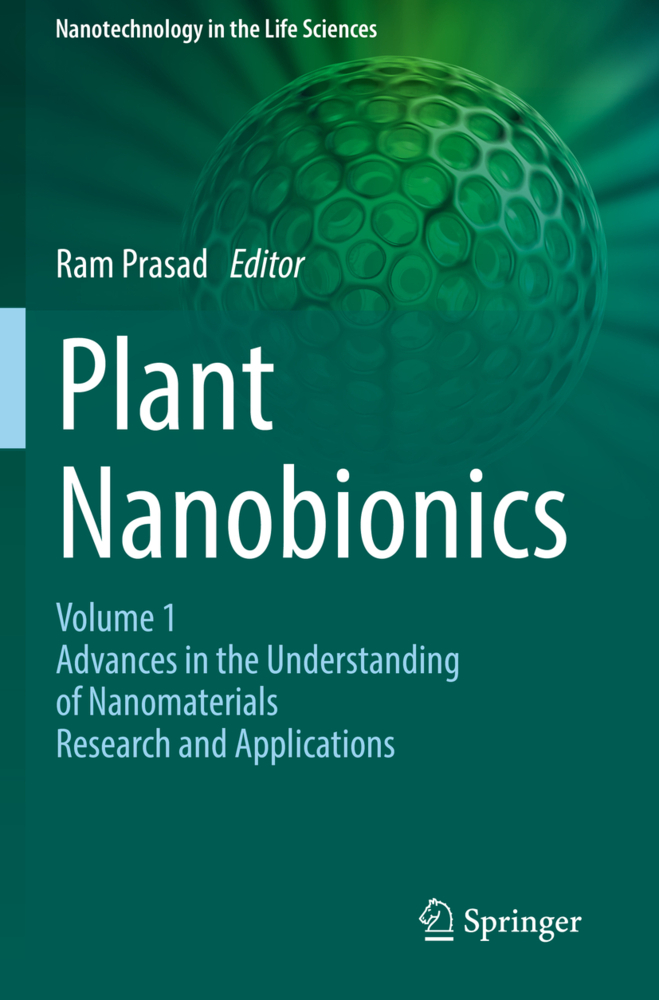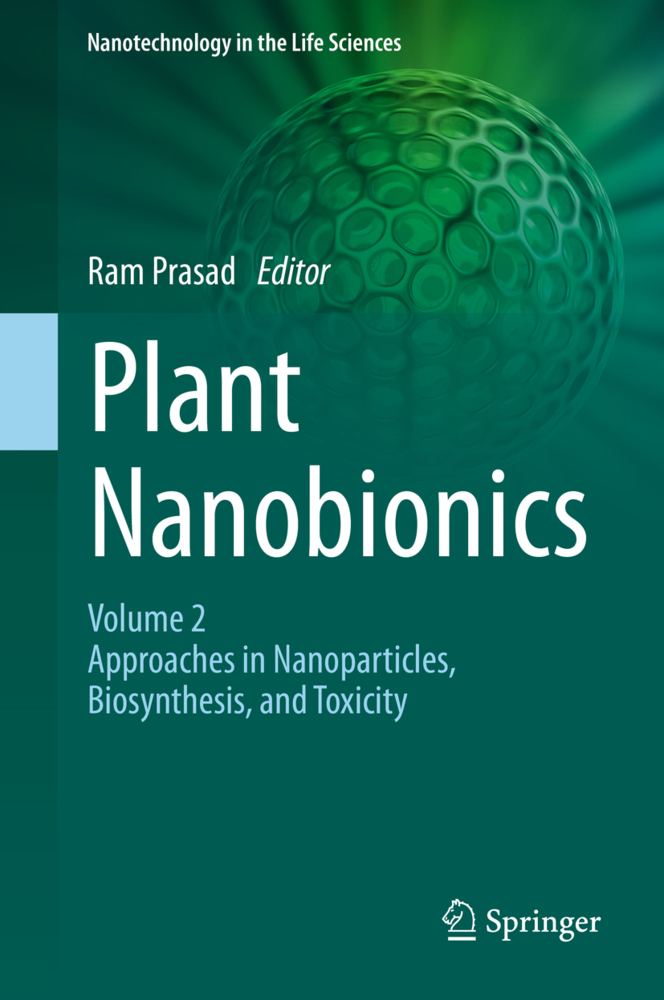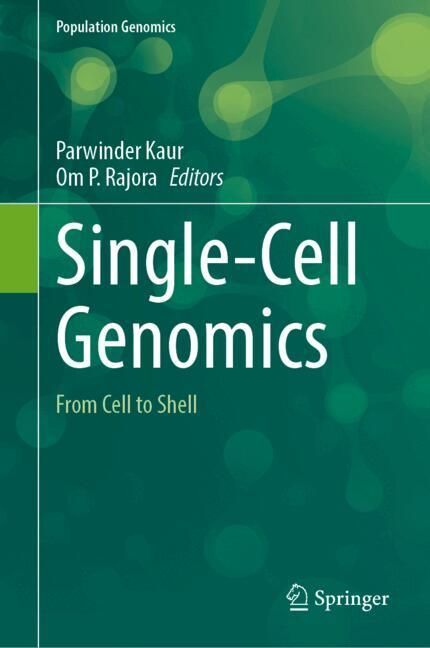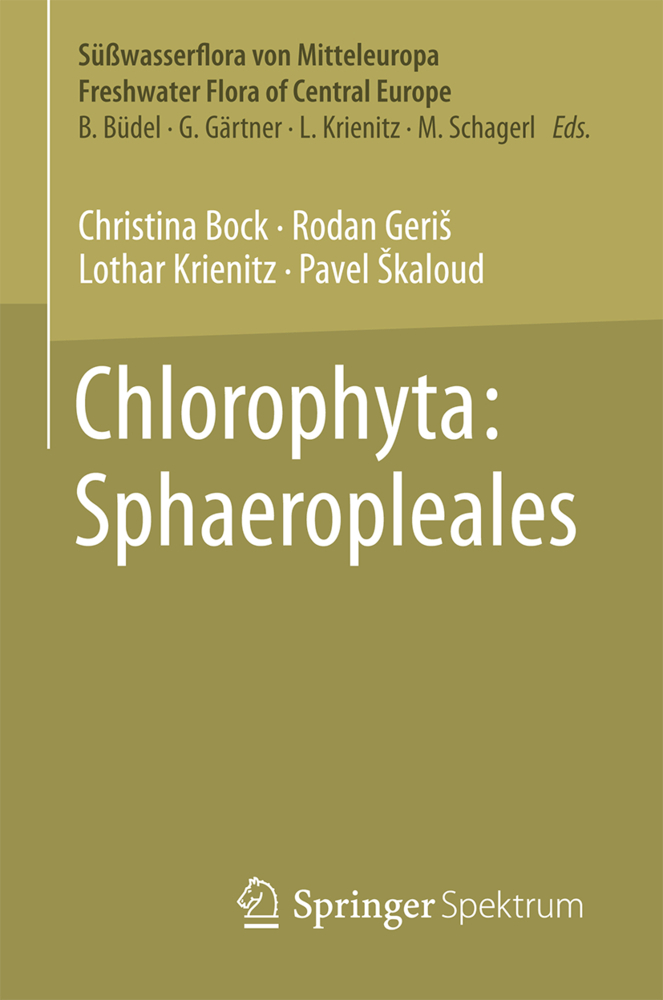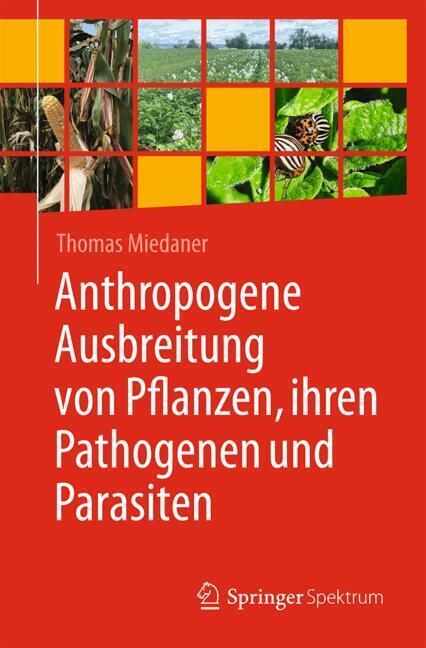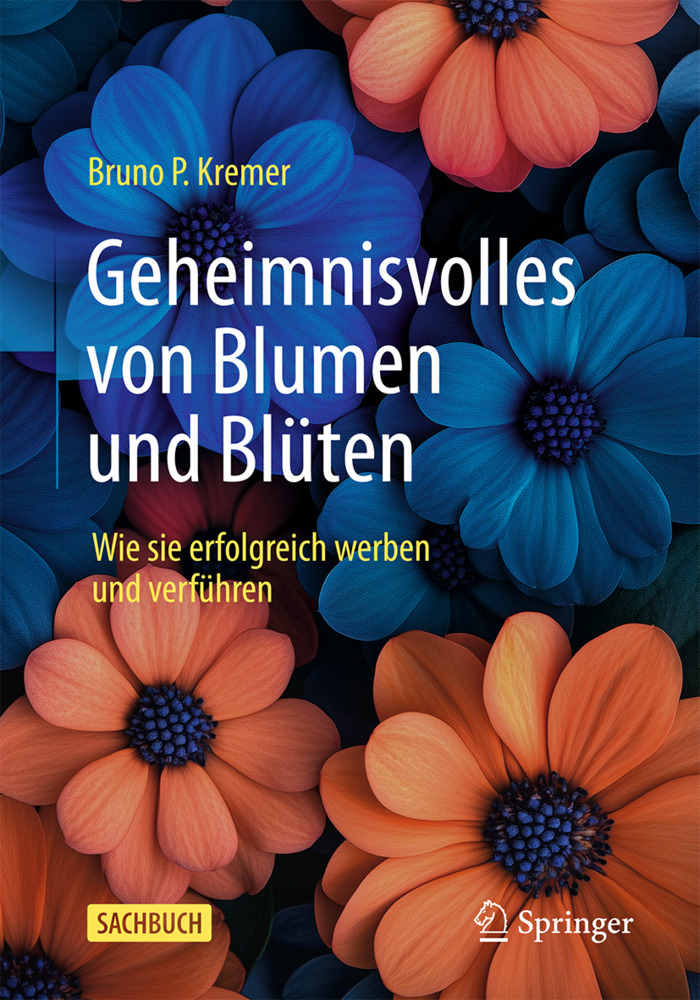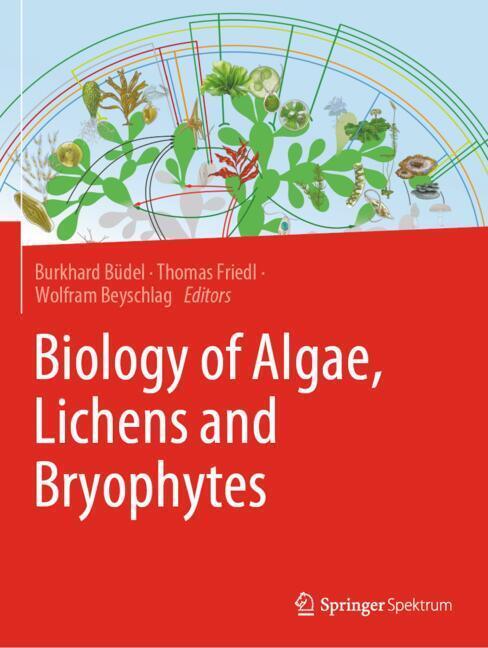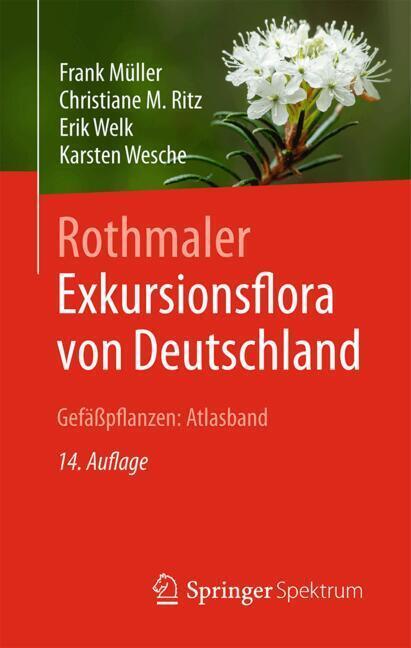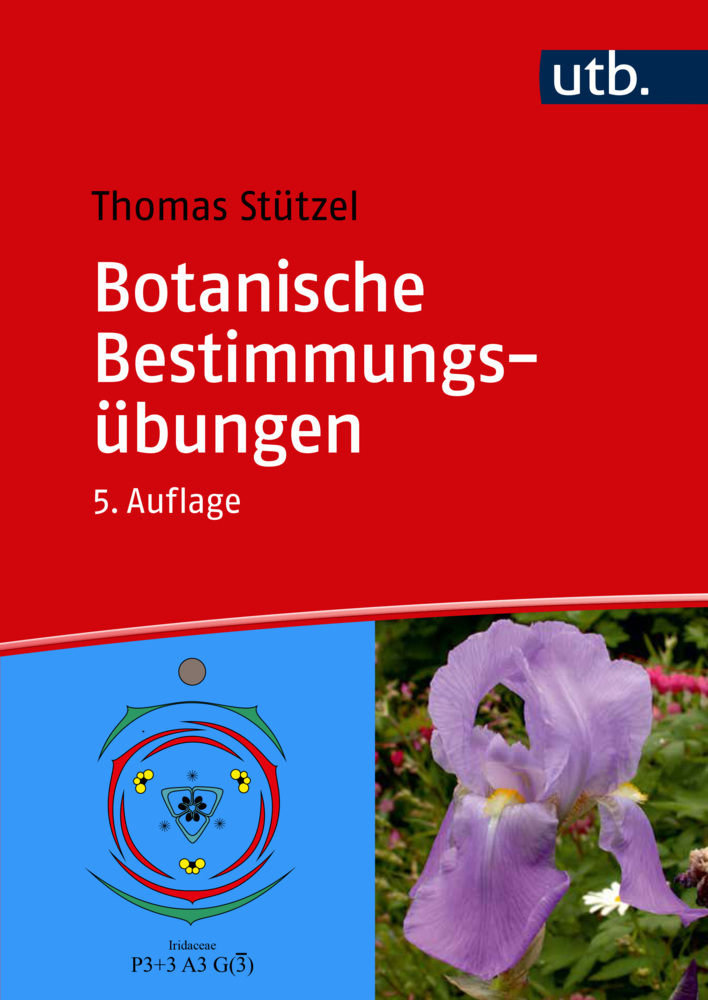Plant Nanobionics
Volume 1, Advances in the Understanding of Nanomaterials Research and Applications
An improved understanding of the interactions between nanoparticles and plant retorts, including their uptake, localization, and activity, could revolutionize crop production through increased disease resistance, nutrient utilization, and crop yield. This may further impact other agricultural and industrial processes that are based on plant crops.
This two-volume book analyses the key processes involved in the nanoparticle delivery to plants and details the interactions between plants and nanomaterials. Potential plant nanotechnology applications for enhanced nutrient uptake, increased crop productivity and plant disease management are evaluated with careful consideration regarding safe use, social acceptance and ecological impact of these technologies.
Plant Nanobionics: Volume 1, Advances in the Understanding of Nanomaterials Research and Applications begins the discussion of nanotechnology applications in plants with the characterization and nanosynthesis of various microbes and covers the mechanisms and etiology of nanostructure function in microbial cells. It focuses on the potential alteration of plant production systems through the controlled release of agrochemicals and targeted delivery of biomolecules. Industrial and medical applications are included. Volume 2 continues this discussion with a focus on biosynthesis and toxicity.
Ram Prasad, Ph.D. is associated with Amity Institute of Microbial Technology, Amity University, Uttar Pradesh, India since 2005. His research interests include applied microbiology, plant-microbe-interactions, sustainable agriculture and nanobiotechnology. Dr. Prasad has more than hundred publications to his credit, including research papers, review articles and book chapters and five patents issued or pending. He has also edited or authored several books. Dr. Prasad has twelve years of teaching experience and has been awarded the Young Scientist Award (2007) and Prof. J.S. Datta Munshi Gold Medal (2009) by the International Society for Ecological Communications; FSAB Fellowship (2010) by the Society for Applied Biotechnology; the American Cancer Society UICC International Fellowship for Beginning Investigators, USA (2014); Outstanding Scientist Award (2015) in the field of Microbiology by Venus International Foundation; BRICPL Science Investigator Award (ICAABT-2017) and Research Excellence Award (2018). He serves as an editorial board member for the following journals: Frontiers in Microbiology, Frontiers in Nutrition, Academia Journal of Biotechnology. He is also the Series Editor of the Springer Nature series Nanotechnology in the Life Sciences. Previously, Dr. Prasad served as Visiting Assistant Professor, Whiting School of Engineering, Department of Mechanical Engineering at Johns Hopkins University, USA and presently works as Research Associate Professor at School of Environmental Sciences and Engineering, Sun Yat-Sen University, Guangzhou, China.
1;Preface;6 2;Contents;8 3;Contributors;10 4;About the Author;14 5;Chapter 1: Recent Advancements and New Perspectives of Nanomaterials;15 6;Chapter 2: Recent Progress in Applied Nanomaterials;47 6.1;2.1 Introduction;47 6.2;2.2 Nanotechnology in Agriculture Sector;48 6.2.1;2.2.1 Effect of Nanoparticles on Germination of Seed;49 6.2.2;2.2.2 Nanofertilizer and Nanopesticides;51 6.2.2.1;2.2.2.1 Macro- and Micronutrient Nanofertilizers;51 6.2.2.2;2.2.2.2 Nanopesticides;52 6.2.3;2.2.3 Role of Nanosensors in Agriculture;54 6.3;2.3 Role of Nanoparticles in Food Sector;55 6.3.1;2.3.1 Food Processing and Packaging;55 6.3.1.1;2.3.1.1 Antimicrobial Packaging;56 6.3.1.2;2.3.1.2 Barrier Packaging;56 6.3.1.3;2.3.1.3 Biodegradable Packaging;57 6.3.2;2.3.2 Other Advantages of Nanomaterials in Food Industry;57 6.3.2.1;2.3.2.1 Nanosensors;58 6.4;2.4 Application of Nanomaterials in Manufacture and Electronics;58 6.5;2.5 Applications in Environment;59 6.6;2.6 Nanotechnology in Medicine;60 6.6.1;2.6.1 Organic Nanoparticles;60 6.6.1.1;2.6.1.1 Polymeric Nanoparticles Role in Therapeutics;60 6.6.1.1.1;2.6.1.1.1 PLGA Nanoparticles;61 6.6.1.1.2;2.6.1.1.2 Chitosan;62 6.6.1.1.3;2.6.1.1.3 Dendrimers;63 6.6.2;2.6.2 Liposomes;65 6.6.3;2.6.3 Inorganic Nanoparticles;66 6.6.3.1;2.6.3.1 Gold Nanoparticles (AuNPs);66 6.6.3.2;2.6.3.2 Quantum Dots;68 6.7;2.7 Conclusion;69 6.8;References;70 7;Chapter 3: An Insight into Plant Nanobionics and Its Applications;79 8;Chapter 4: Plastics, Micro- and Nanomaterials, and Virus-Soil Microbe-Plant Interactions in the Environment;97 9;Chapter 5: Characterization Methods for Chitosan-Based Nanomaterials;116 10;Chapter 6: Impact of Nanomaterials in Plant Systems;130 10.1;6.1 Introduction;131 10.2;6.2 Types of Nanomaterials;132 10.2.1;6.2.1 Metal Nanomaterials;132 10.2.2;6.2.2 Carbon-Based Materials;133 10.2.3;6.2.3 Polymeric Nanomaterials;134 10.2.4;6.2.4 Hybrid Nanomaterials;135 10.3;6.3 Synthesis of Nanomaterials;136 10.3.1;6.3.1 Top-Down Synthesis;136 10.3.2;6.3.2 Bottom-Up Synthesis;137 10.4;6.4 Role of Nanomaterials in Plant Growth;137 10.5;6.5 Phytotoxic Responses to Nanomaterials;138 10.5.1;6.5.1 Nanotoxicity and Plant Growth;146 10.5.2;6.5.2 Physiological and Biochemical Responses;147 10.6;6.6 Conclusion and Future Prospects;147 10.7;References;148 11;Chapter 7: Nanoagriculture and Energy Advances;154 11.1;7.1 Nanotechnology and Nanoagriculture;155 11.2;7.2 Water;156 11.2.1;7.2.1 Sensor for Diagnostic;156 11.2.1.1;7.2.1.1 Quality;157 11.2.1.2;7.2.1.2 Microorganism and Contaminants Detected;157 11.2.2;7.2.2 Water Purification;159 11.2.2.1;7.2.2.1 Photocatalysis;160 11.2.2.2;7.2.2.2 Membranes, Zeolites, and Nanoporous Materials;162 11.2.2.3;7.2.2.3 Metallic and Magnetic Nanoparticles;163 11.3;7.3 Nanoagriculture;165 11.3.1;7.3.1 Pesticides and Fertilizers;165 11.3.2;7.3.2 Smart Agrochemical Delivery Systems;166 11.3.3;7.3.3 Sensor to Monitor Soil Conditions;166 11.4;7.4 Energy;167 11.4.1;7.4.1 Biogas;167 11.4.2;7.4.2 Biofuels;168 11.4.3;7.4.3 Photovoltaic Cells;168 11.4.4;7.4.4 Photoelectrochemical Cells;170 11.5;7.5 Outlooks;170 11.6;References;171 12;Chapter 8: Nanopesticides and Nanosensors in Agriculture;178 12.1;8.1 Introduction;178 12.2;8.2 Pesticide Toxicity;180 12.3;8.3 Nanopesticides;181 12.4;8.4 Nanoformulations;186 12.5;8.5 Detection of Pesticides;188 12.6;8.6 Ecotoxicology of Nanomaterials and Related Regulations;190 12.7;References;191 13;Chapter 9: Nano-agriculture in the Food Industry;195 14;Chapter 10: Nanotechnology and Plant Extracts as a Future Control Strategy for Meat and Milk Products;213 14.1;10.1 Introduction;213 14.2;10.2 Nanoencapsulation of Plant Extracts;214 14.3;10.3 Plant-Mediated Synthesis of Nanoparticles;217 14.4;10.4 Biological Hazards in Meat and Milk Products;219 14.4.1;10.4.1 Antibacterial Effects of Nanoencapsulated Plant Extracts in Meat and Milk Products;220 14.4.2;10.4.2 Antibacterial Mechanisms of Nanoparticles;223 14.4.3;10.4.3 Antifungal Effects of Nanoparticles;240 14.5;10.5 Oxi
Prasad, Ram
| ISBN | 9783030124960 |
|---|---|
| Artikelnummer | 9783030124960 |
| Medientyp | E-Book - PDF |
| Copyrightjahr | 2019 |
| Verlag | Springer-Verlag |
| Umfang | 407 Seiten |
| Sprache | Englisch |
| Kopierschutz | Digitales Wasserzeichen |

